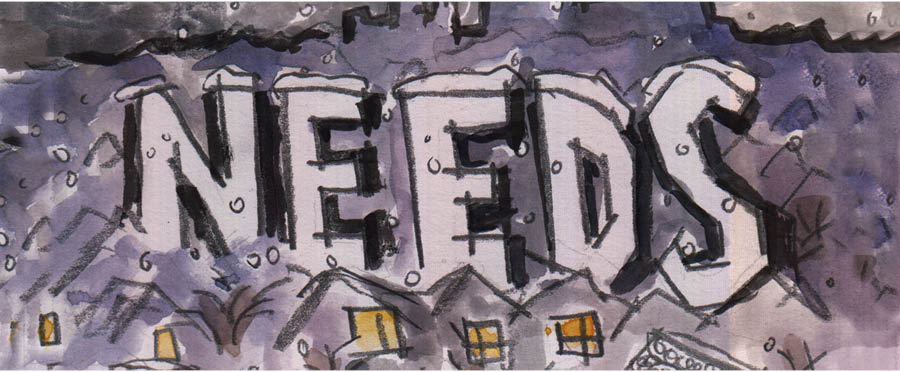Fairy Tales and the Need to Rewrite

As the new year continues, it seems only fitting to transition from “Fairy Tales” to our new theme of “Needs.” Here at The Loft, we fully believe that humans need stories in order to survive, especially in the harsh Minnesota winters. We may be leaving fairy tales behind, but it’s still worth thinking about why we need them in the first place, and therefore why we need stories at all.
It's not a new idea that we need fairy tales, but it is a strangely worded one. They serve no evolutionary purpose, unless it is in their original form as written warning to stay inside after dark, to be wary of strangers, and to make sure to invite every fairy godmother in the tristate area to your baby shower.
However, fairy tales change with the thought process of society, so perhaps a clearer phrase would be that we need stories to be retold. We need borders that can be redrawn and rules that can be broken over and over again. The beauty of fairy tales is in their malleability, their willingness to be rewritten in the wake of new discoveries and ideas.
Fairy tales shift to reflect society's consciousness, our anxieties, whether they're vampires, werewolves, or zombies. We need the princesses to question the rules set down for them, the damsels to fight for their own distress. We need the witches' side of the story, and the reason that Grandmother was in the woods at all.
Why, only the reader can say. Perhaps, as G.K. Chesterton writes, to not only show that dragons exist, but that they can be defeated. Or ridden, or befriended, or however one chooses to approach a dragon.
What if Snow White were ugly? Or what if it was her hair that was white as snow, and her skin dark as ebony? What if she never really came back to life when the prince kissed her awake? What if she were never really alive at all? And what is trapped in that awful mirror?
Writers have asked all these questions and drawn their own conclusions, inspiring a reader to say, “I don’t think that’s how it went, so I’m going to write it down this way instead.” We need to retell fairy tales because we need to answer different questions every time we read it. The witches demand to be understood, not merely watched as they stir a cauldron of who-knows-what and Prince Charming’s motives deserve to be questioned in his relentless perseverance. Naming your child “Charming” is an interesting choice in the first place; think of a child named “Attractive,” or “Charismatic.” Would they crack under pressure or be a self-fulfilling prophecy?
When I was fifteen or sixteen, I had an idea for a Peter Pan retelling, set in modern day from the point of view of Wendy, who I would call Gwen. I set it aside in a typical, “this is all terrible,” mood, and found that a few years later, someone else had published almost the exact same story, down to the characters’ names. They hadn’t stolen it by any means, but I found that I didn’t even care, because the story of young adult adventure and escapism wasn’t the story I wanted to tell anymore.
Now Peter goes about his adventures as a Calypso of a very different Odyssey, forever hoping that someone will choose to stay on his island yet knowing that they will all choose to return home in the end.
The fairy tales we need grow together in a wood, with roots that stretch far enough to tangle with the other trees, with branches that take unexpected turns, and with leaves that change color regardless of season. The best part is that the wood is open to everyone and getting lost is encouraged, for there is no straight path and no map. Any storyteller can choose to walk in whatever direction they need.
Ellen Ray is originally from Minnesota, and recently graduated from Boston College with a degree in English concentrating in creative writing. Amidst four years of writing workshops and analyzing independent films, she spent a semester wandering around New Zealand, including a night spent in a cave with local penguins. She has written for The Laughing Medusa, an all-female literary journal, as well as various nonprofit organizations. After various internships and an attempt at freelance writing, she found herself the Communications and Marketing intern at The Loft.

